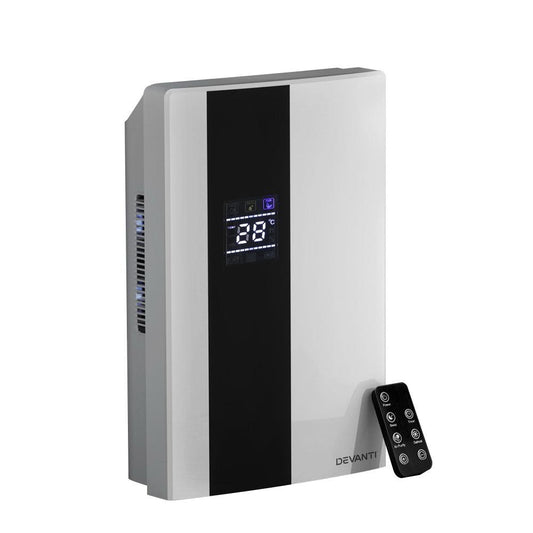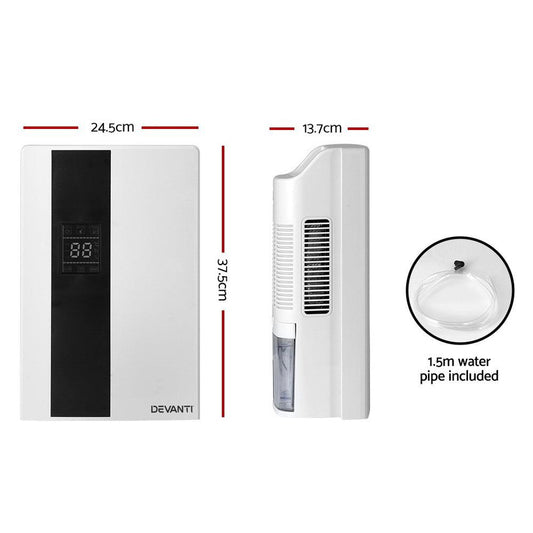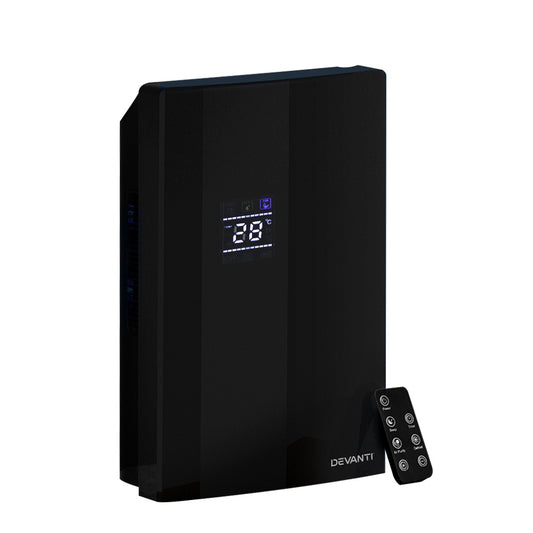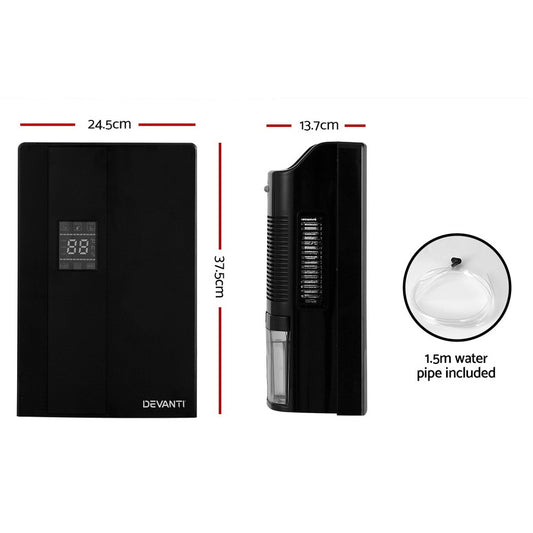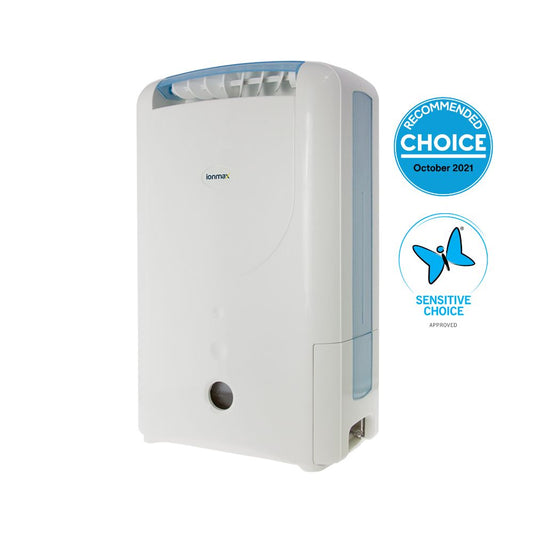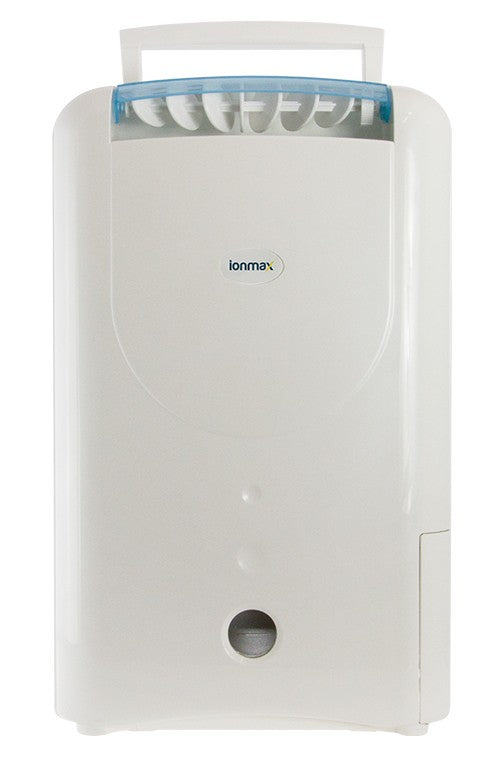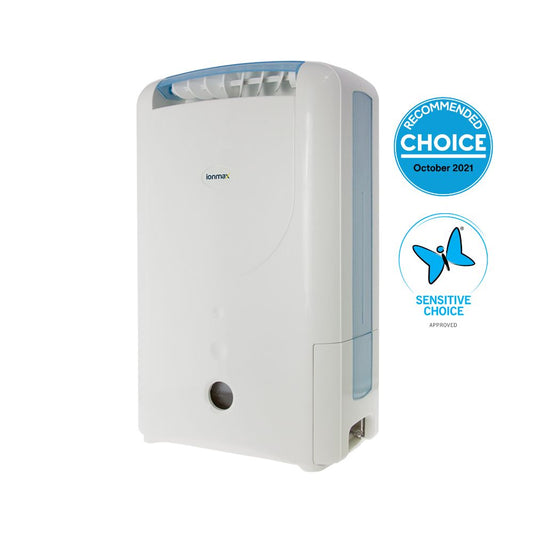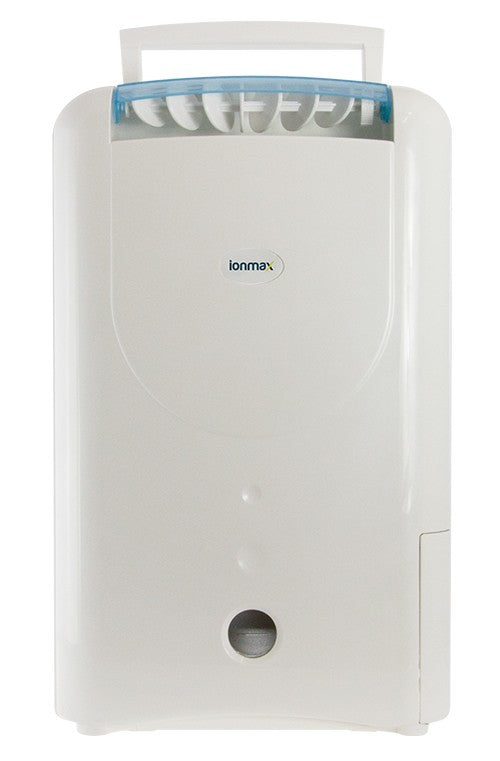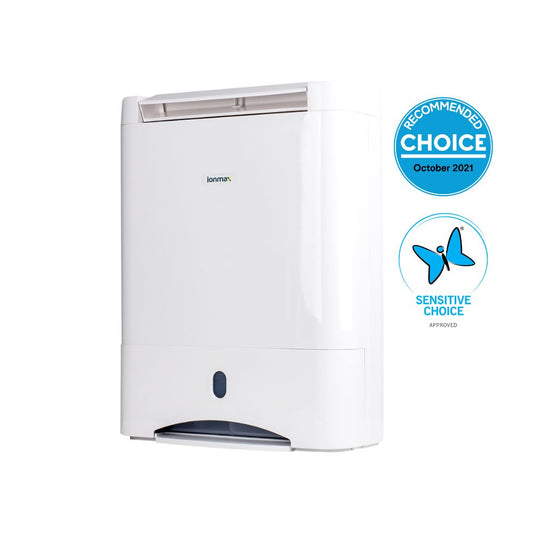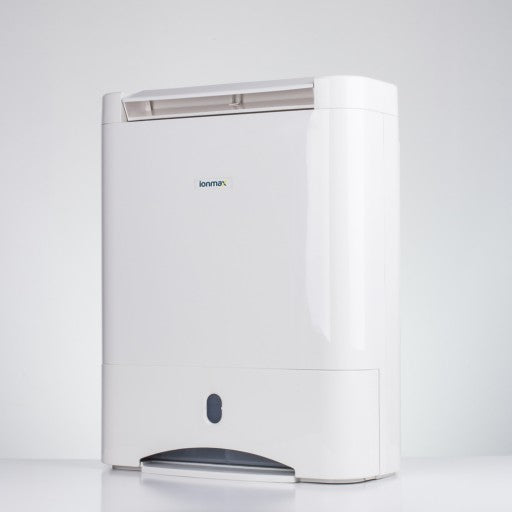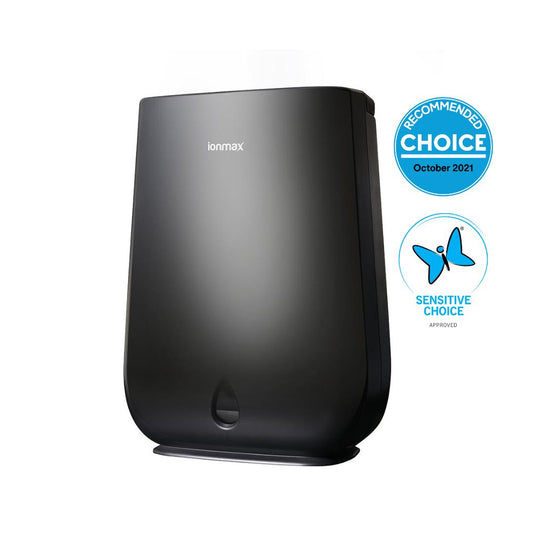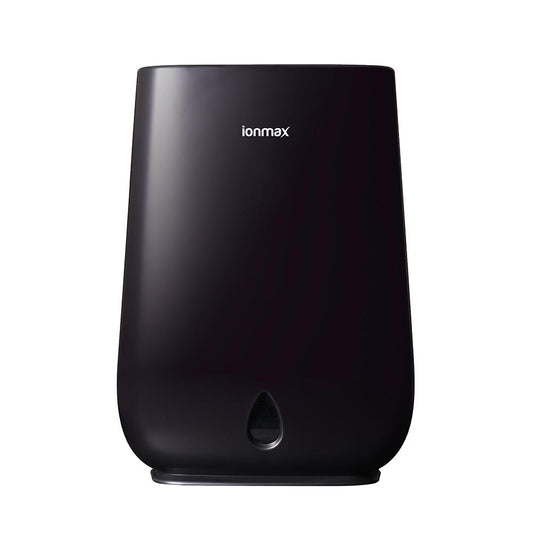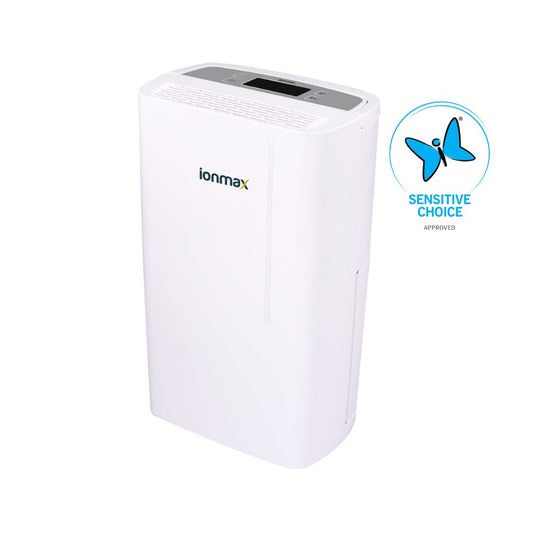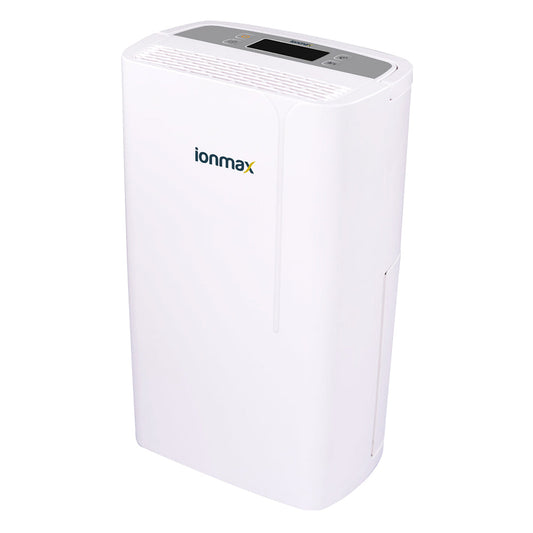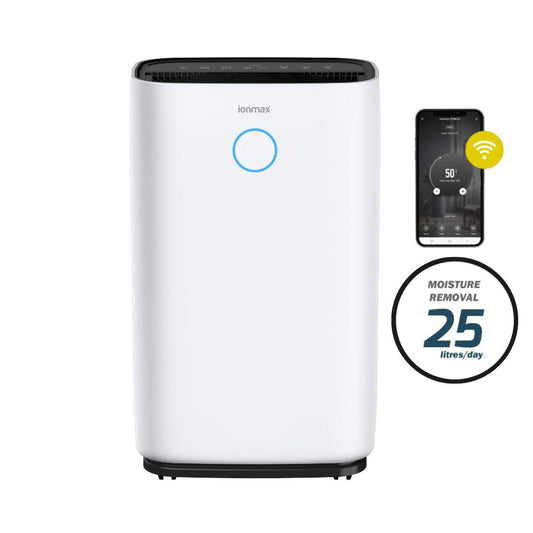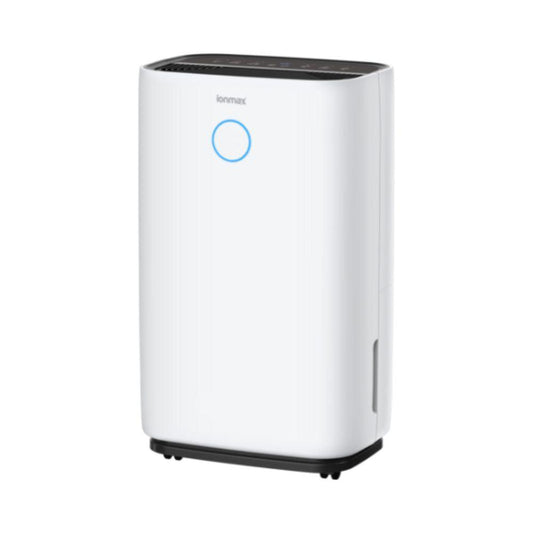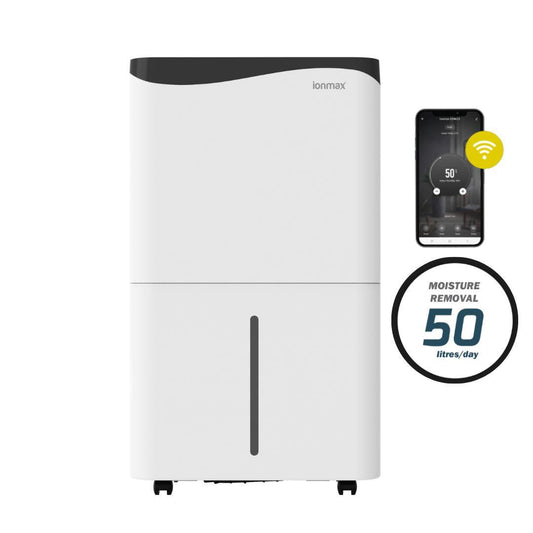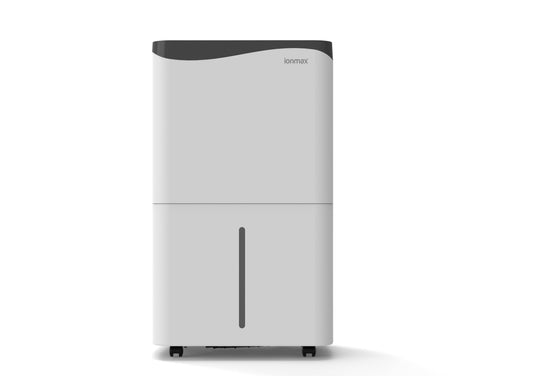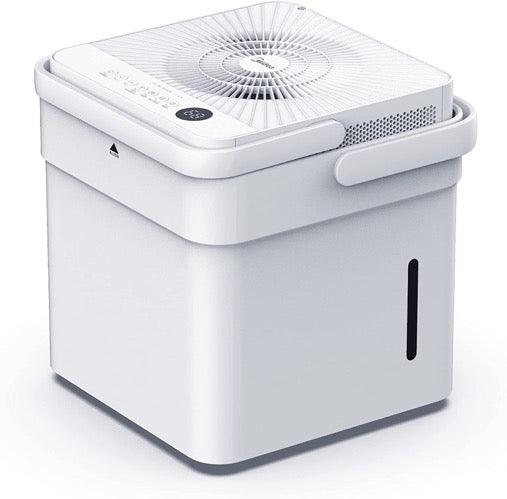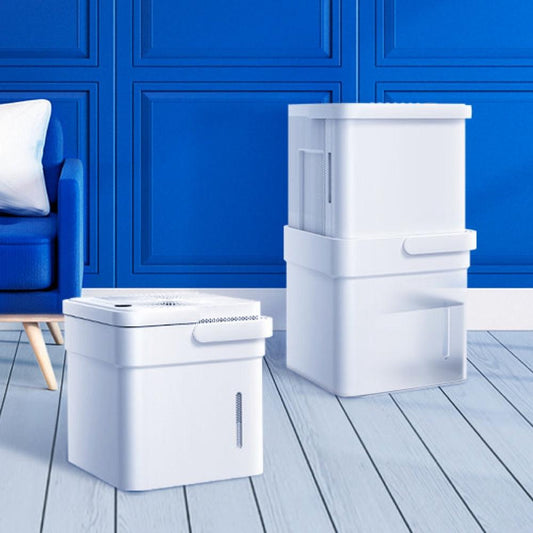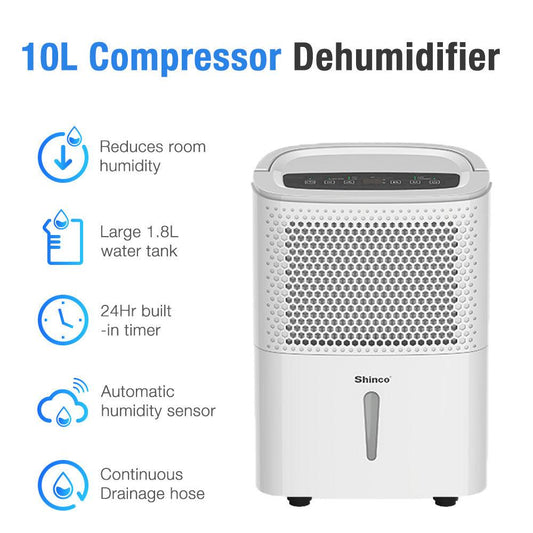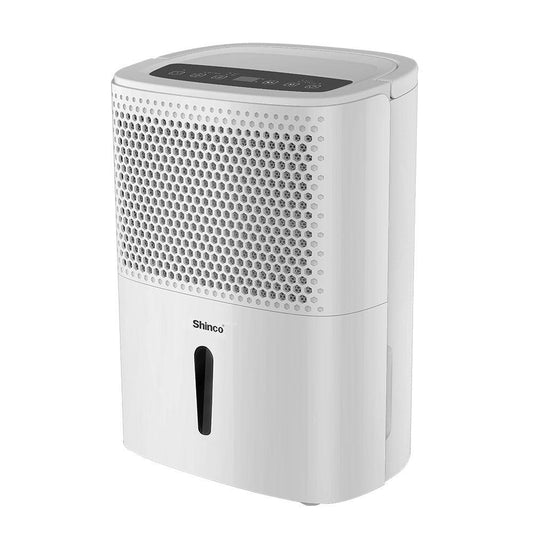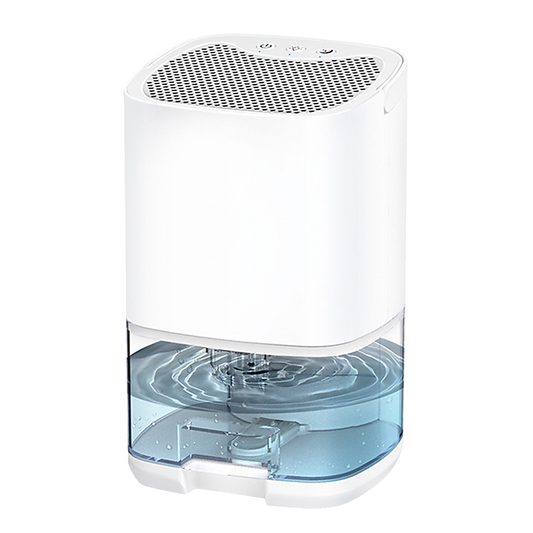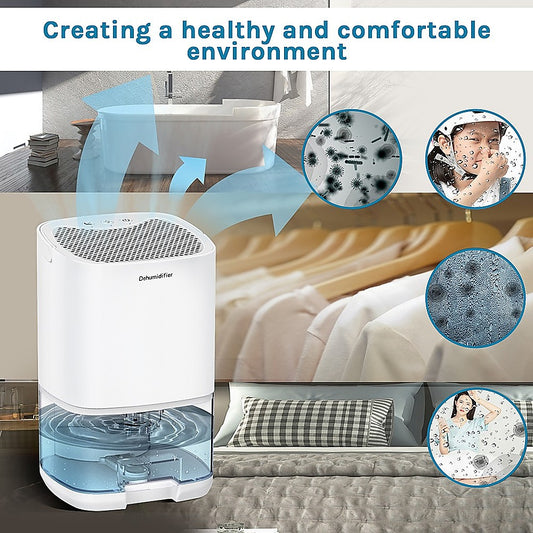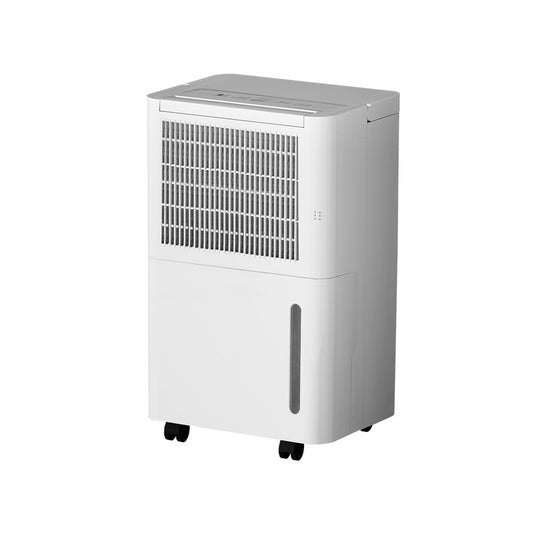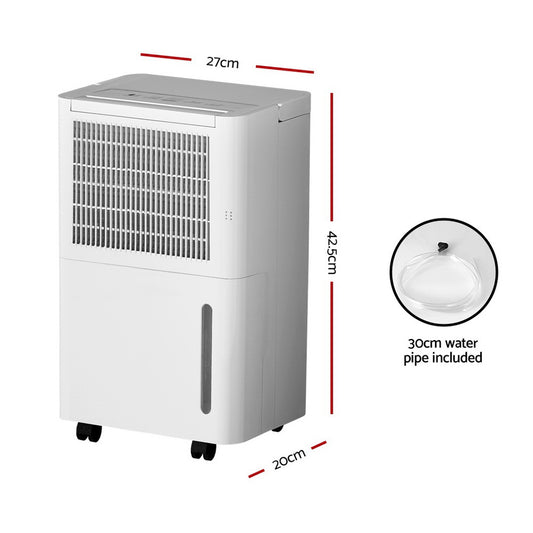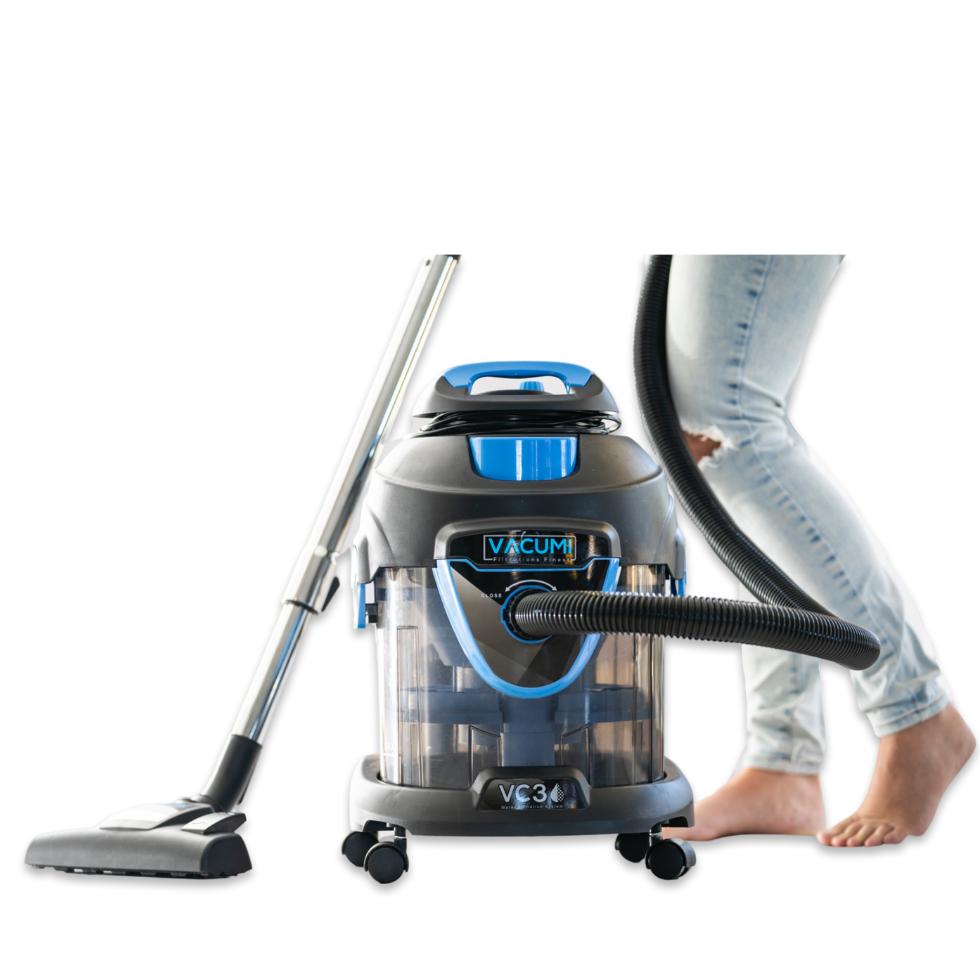-
Devanti 2L Dehumidifier and Air Purifier
Regular price $125.00Regular priceUnit price per -
Devanti 2L Dehumidifier Air Purifier Black
Regular price $99.00Regular priceUnit price per -
Ionmax ION612 7L/day Desiccant Dehumidifier
Regular price $476.00Regular priceUnit price per$459.00Sale price $476.00 -
Ionmax ION610 6L/day Desiccant Dehumidifier
Regular price $415.00Regular priceUnit price per -
Ionmax ION632 10L/day Desiccant Dehumidifier
Regular price $555.00Regular priceUnit price per -
Ionmax Vienne 10L/day Desiccant Dehumidifier
Regular price $610.00Regular priceUnit price per$549.00Sale price $610.00 -
Ionmax ION622 12L/day Compressor Dehumidifier
Regular price $331.00Regular priceUnit price per$299.00Sale price $331.00 -
Ionmax Leone 25L/day Compressor Dehumidifier I Mobile App
Regular price $475.00Regular priceUnit price per -
Ionmax Rhine 50L/day Compressor Dehumidifier I Mobile App
Regular price $720.00Regular priceUnit price per$649.00Sale price $720.00 -
Midea Cube Dehumidifier 12L Tank Wi-fi
Regular price $575.00Regular priceUnit price per -
Shinco SDZ-10L Dehumidifier
Regular price $388.00Regular priceUnit price per -
Gift Card - Dust Mite Allergy Solutions
Regular price From $25.00Regular priceUnit price per -
1000ML Mini Dehumidifier I Portable Air Dryer I Moisture Absorber
Regular price $169.00Regular priceUnit price per -
Devanti Dehumidifier 12L Air Purifier I White
Regular price $199.00Regular priceUnit price per
Dehumidifiers and Allergies - FAQs
How can dehumidifiers help with allergies?
Dust mites thrive in warm, humid conditions. Dehumidifiers help by reducing humidity, making your home less appealing to allergens like mold, mildew, and dust mites.
Are dehumidifiers or air purifiers better for allergies?
Dehumidifiers reduce moisture, thereby controlling mold and dust mites, while air purifiers can remove airborne allergens like pollen and pet dander.
Can dehumidifiers worsen any conditions or symptoms?
If set too low, dehumidifiers can make the air too dry, potentially irritating respiratory conditions or causing dry skin or hair. It's important to maintain a balance and consult with a health professional about your individual circumstances.
Where is the best place to put a dehumidifier to help with allergies?
Place dehumidifiers in areas where humidity levels are typically higher and where allergens are most problematic, such as basements, bathrooms, or bedrooms.
Eliminate dust mites
-
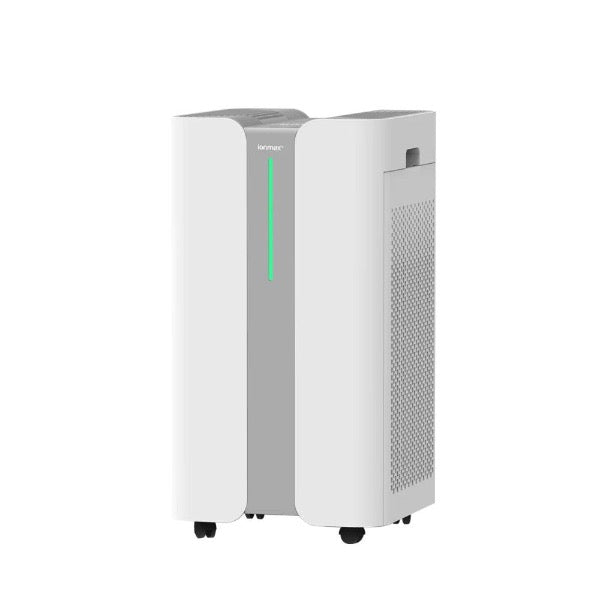
Air Purifiers
Explore the best air purifiers for dust mite allergy. Our top recommendations...
-
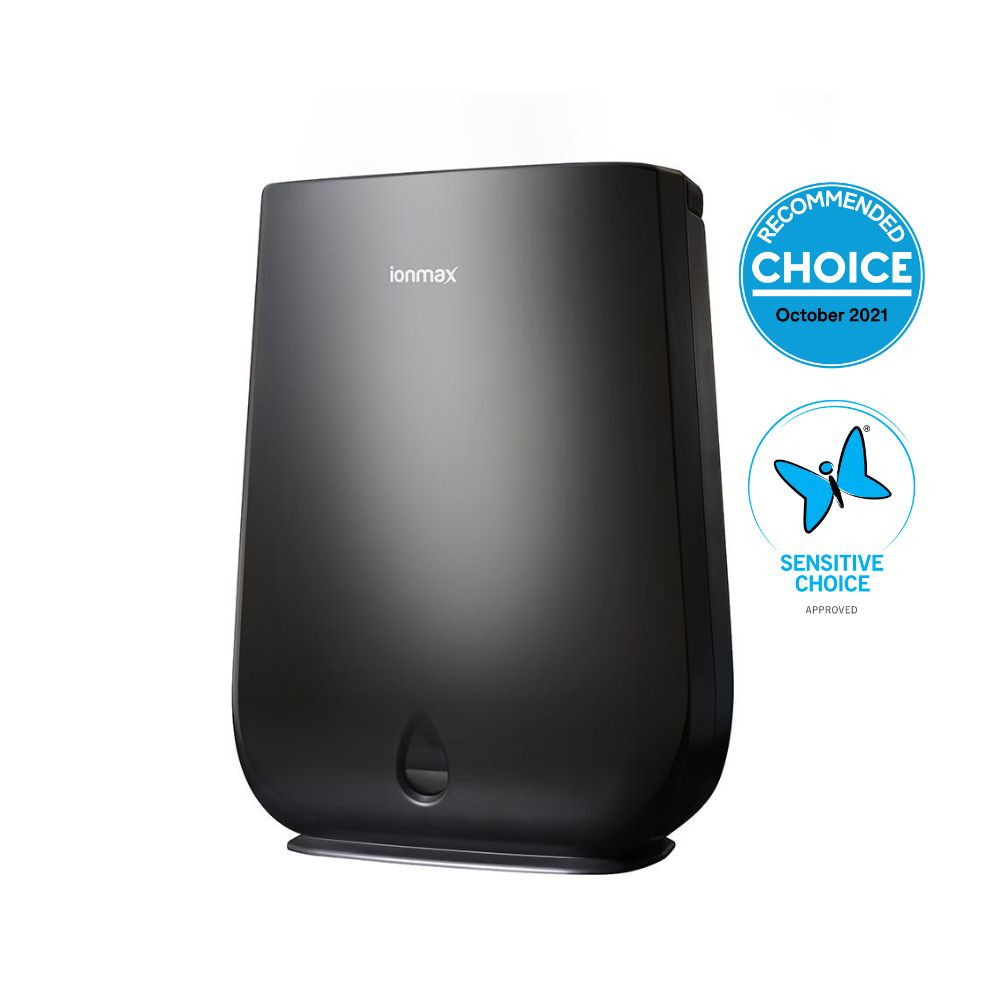
Dehumidifiers
Controlling humidity levels in your home is a key step in managing...

